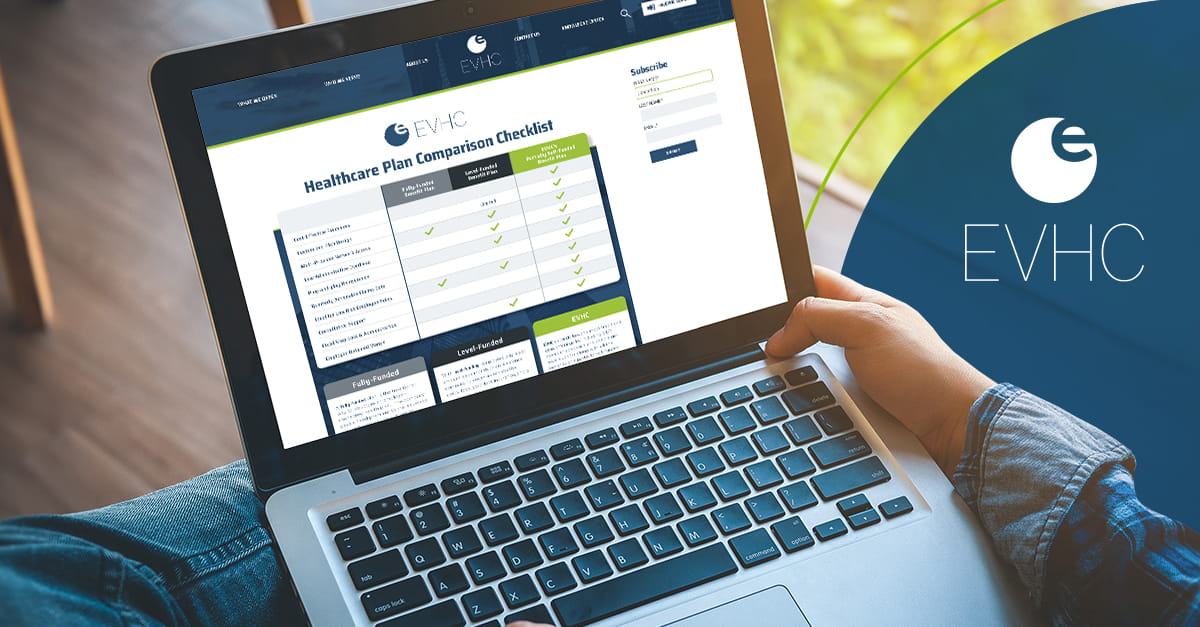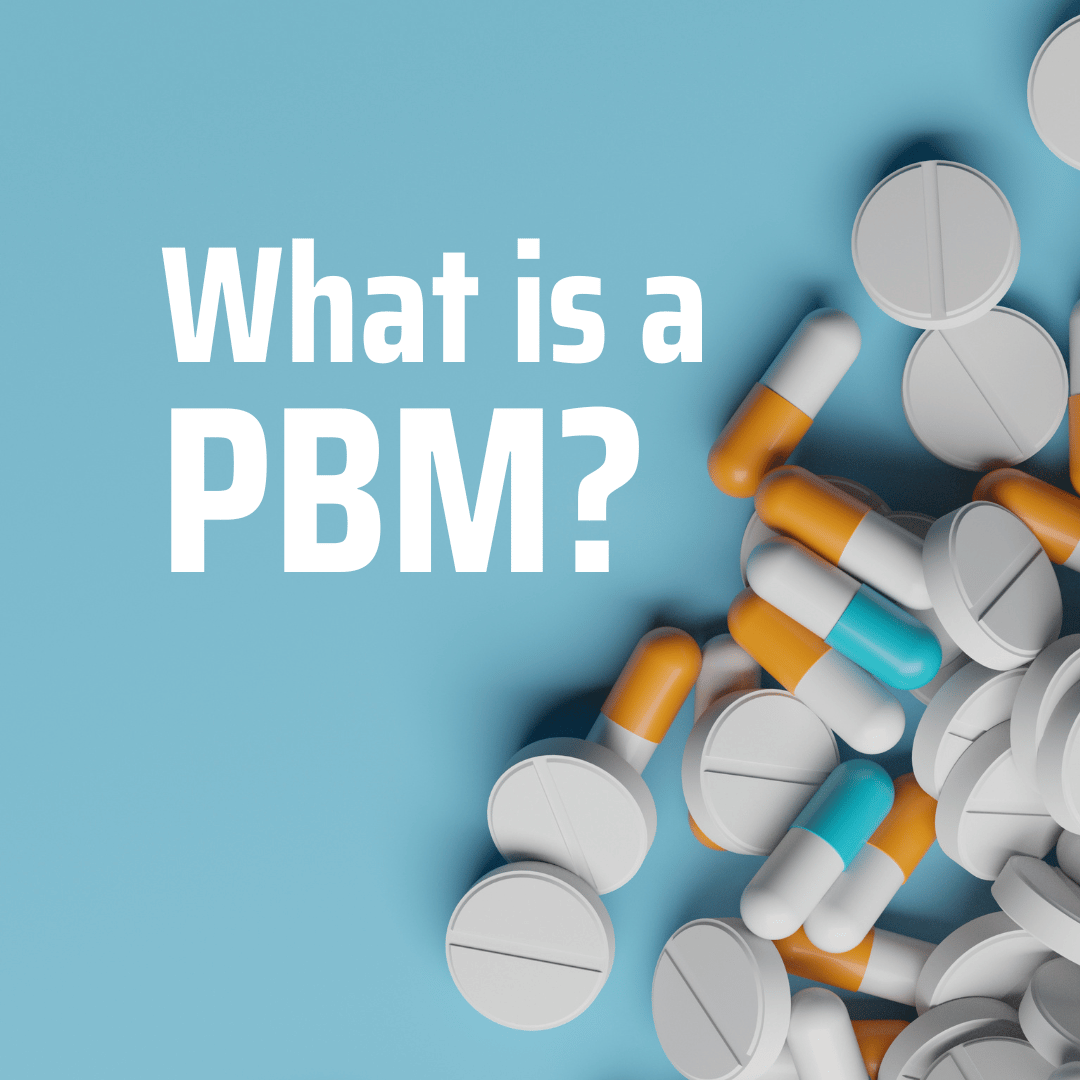EVHC Editorial Team
May 29, 2025
Prescription drugs now account for nearly 30% of total healthcare spending for many mid-market employers, and this number is only expected to rise.
In our recent EVHC panel discussion, pharmacy and benefits experts from EVHC and MedImpact unpacked the trends driving pharmacy spend and shared practical strategies brokers can use to regain control.
Here are some of the biggest takeaways from the conversation:
- Increased Regulatory Pressure Is Forcing Change - New federal regulations and executive actions are putting pharmacy benefit managers (PBMs) under scrutiny, particularly regarding spread pricing, rebate transparency, and contract terms. While this shift adds complexity, it also creates opportunities for brokers and employers to renegotiate smarter, more transparent deals. Beth Rangel, Senior Underwriter at EVHC, explained, “Executive action is driving more scrutiny into PBM contracts, spread pricing, and rebate arrangements.”
- Pharmacy Spend Is No Longer Just a Line Item—It’s a Strategic Priority - With Rx costs accounting for nearly 30% of total healthcare spend, pharmacy is now one of the most significant drivers of cost in employer-sponsored plans. Brokers can no longer afford to treat pharmacy benefits as a passive or bundled component of the health plan. Active management is critical.
- The Data You Have (or Don’t Have) Matters More Than Ever - Many employers are flying blind when it comes to pharmacy spend because they lack access to granular data. Without insights into factors such as drug utilization, specialty spend, and rebates, it’s impossible to identify potential savings opportunities. Panelists emphasized that better data is the foundation of smarter decisions.
- Brokers Must Guide Clients Toward Proactive PBM Management - Brokers who succeed in this space are those who educate clients, challenge outdated PBM models, and advocate for performance-based contracts. This isn’t about selling a product, it’s about helping clients build a strategy.
What to Do Now: Broker Actions That Drive Results
Pharmacy reform isn’t just a big-business issue. Mid-sized employers are well-positioned to benefit from proactive pharmacy strategies, but only if they have the right guidance and support. As a broker, now is the time to lean in, take action, and lead the conversation.
Here are some ideas of where to start:
-
Scrutinize Existing PBM Contracts - Look for hidden fees, spread pricing, and vague rebate language. Many employers are paying more than they realize due to opaque terms.
- Demand Claims-Level Data - You can’t fix what you can’t see. Push for full access to utilization and cost data so you can pinpoint where savings opportunities exist.
- Evaluate Alternative Models - Consider PBM carve-outs or switching to vendors that offer true transparency, clinical oversight, and a more client-aligned cost structure.
- Educate and Empower Clients - Mid-market employers don’t always realize they have options. Position yourself as the expert who can help them take control before the next renewal cycle locks them into another costly contract.
- Act Now, Gain Strategic Ground - Pharmacy costs aren’t going down. Brokers who take initiative today will be the ones who clients trust tomorrow for long-term, high-impact benefits guidance.
Want to hear directly from our panel of experts?
Watch the full webinar recording on demand at your convenience for additional insights and examples. Watch it now.
BACK TO INSIGHTS


